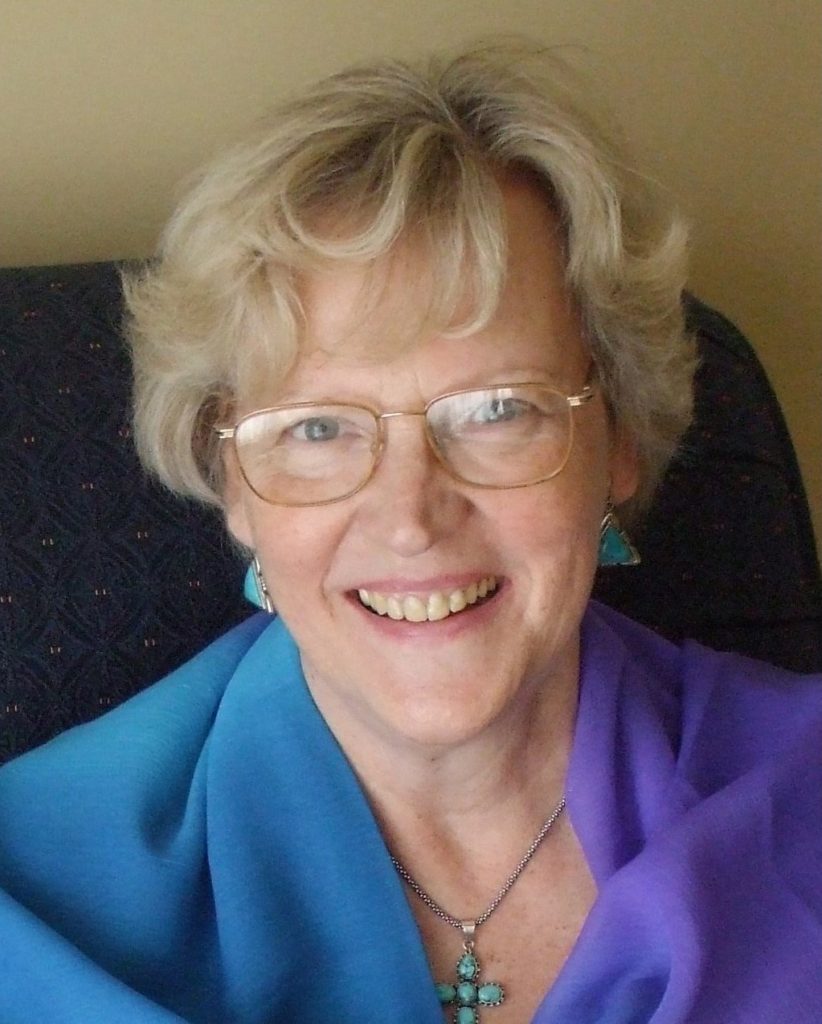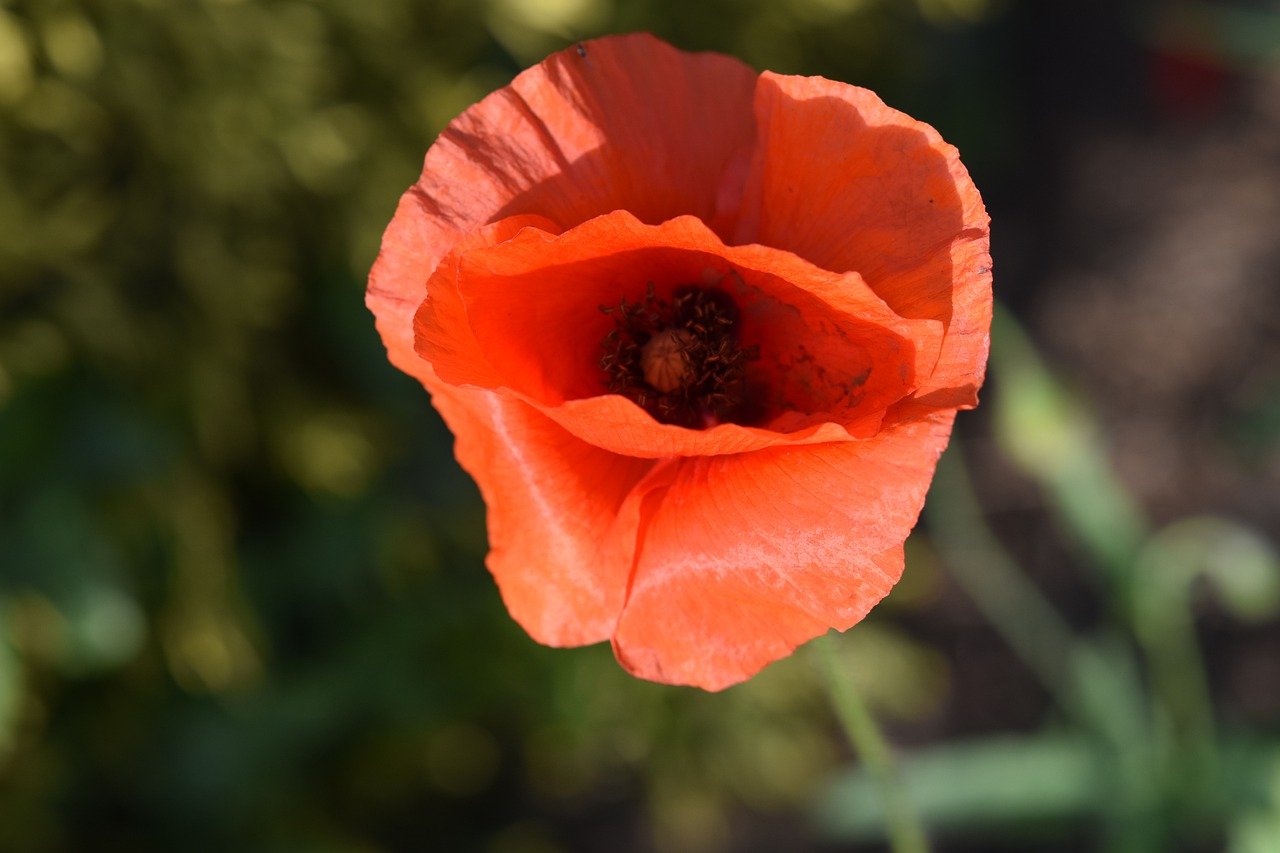We have often heard it said that meditation is simple but not easy. Let’s consider for a moment in what way that is true. In John Main’s description of the stages of meditation he mentions first the importance of saying the mantra – aiming at doing that during the entire time of meditation. This is our first intention when we start to meditate. But that is not as easy as it sounds. It presents us with the first hurdle. Saying it seems simple enough but to keep doing so whilst our attention is totally on our word is not easy. It seems such a repetitious and mechanical action. Our ego soon pipes up and says: ‘This is boring! Just repeating the word over and over again.’ But what we are forgetting is that it is not just any word we repeat but a prayer word we need to pay faithful and loving attention to. So we ignore the comments of the ego. But then we immediately meet the second hurdle, because to be able to focus exclusively on our mantra we need to leave other thoughts behind. And that too is easier said than done. The two are totally connected. If we don’t repeat our word with our full attention we keep losing the word amongst all our thoughts.
After a while we seem to be doing alright in saying our word but suddenly we become aware of something strange. We are double tracking, as the old tape recorders were in the habit of doing. They would play one track but you could at the same time also hear another track. We do indeed constantly repeat our word on one track but instead of having left our thoughts behind, they happily walk alongside on the other track. One way of dealing with that is to distance ourselves from the thought and its accompanying emotion by naming the thoughts and returning to our word. But it soon feels like we are constantly doing that. Again the ego makes a disparaging comment. It tells you that you are returning to your mantra more times than saying it. If we let this get to us, we are on the road to no return. Irritation and annoyance also come from the ego and keep us therefore nicely in its control, dominating us with all the thoughts, worries, hopes, dreams that it has used to build itself up over time. But these are exactly the thoughts we need to leave behind. They are part of our surface consciousness but meditation is about going beyond the ego to the deeper part of our consciousness. We need ‘to leave self’ behind to find our true Self in Christ. But this constant toing and froing between the mantra and our word gives the opportunity for the ego to dissuade us from meditating by stressing there is no sense of peace here and at this stage the thought may occur ‘What is the point of it all – I just sit and think. Meditation is just not for me.’ And we give up.
What is needed to help us on the way is the second intention of meditation – listening to our mantra as we say it – profound listening, faithful listening is paying undivided attention, which is an expression of love. Laurence Freeman in The Selfless Self sees this way of faithful attentive listening as a way to wholeness – the integration of the ego with the true self, a harmony of our total being and consciousness – in musical terms: “The rightness, the accurate tuning, the fullness, the music of being is restored by our coming into contact with the music beyond ourselves…We are drawn into completeness of harmony by listening to a deeper harmony….the deeper harmony of Christ.” But this attitude of total attention, leaving our surface consciousness behind requires an attitude of courage, commitment, perseverance and faith. As John Main stresses in Word into Silence “meditation is the prayer of faith, because we have to leave ourselves behind before the Other appears and with no pre-packaged guarantee that He will appear.” But if we do find that courage and faith then it is no longer a question of saying or listening, but of the mantra sounding in our heart, in the centre of our being, where Love dwells. God is Love.







